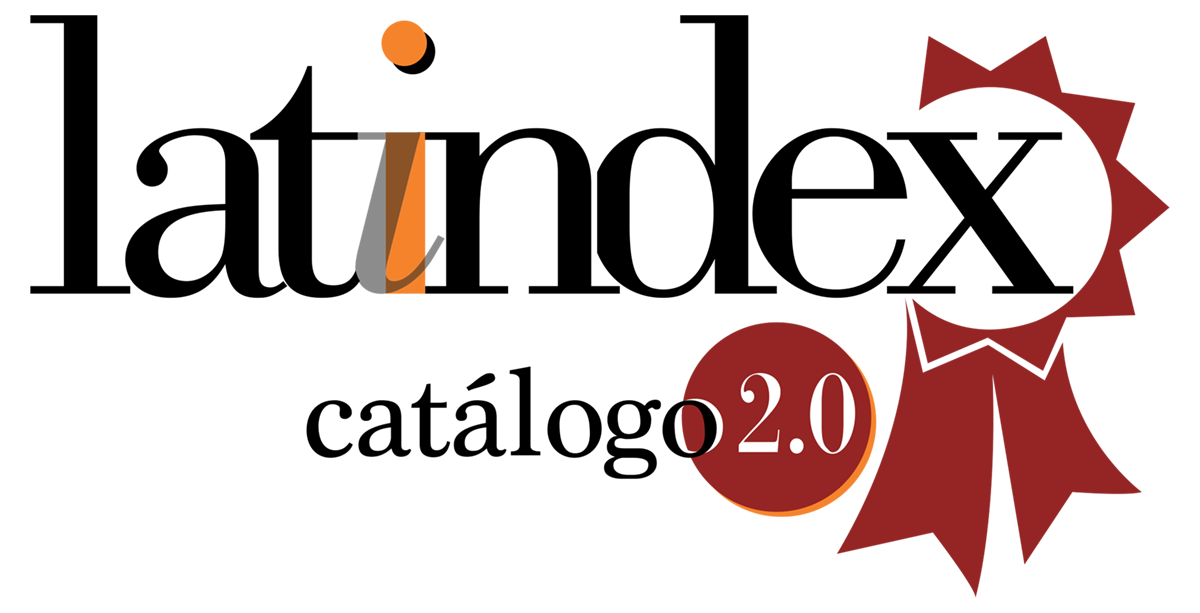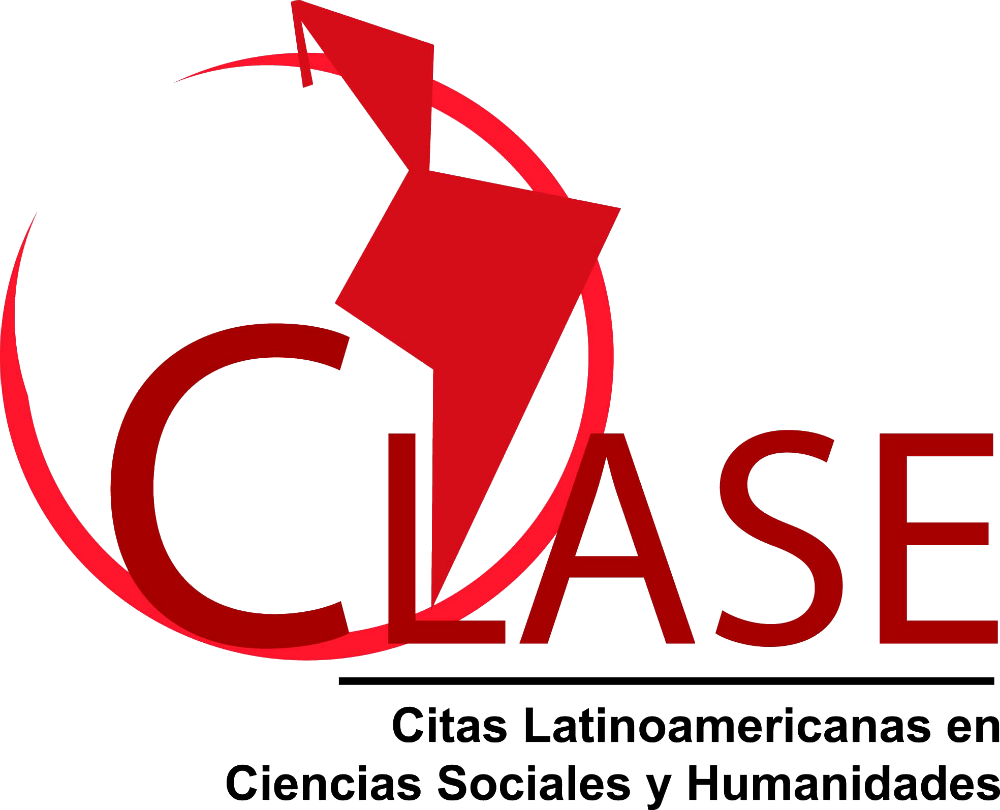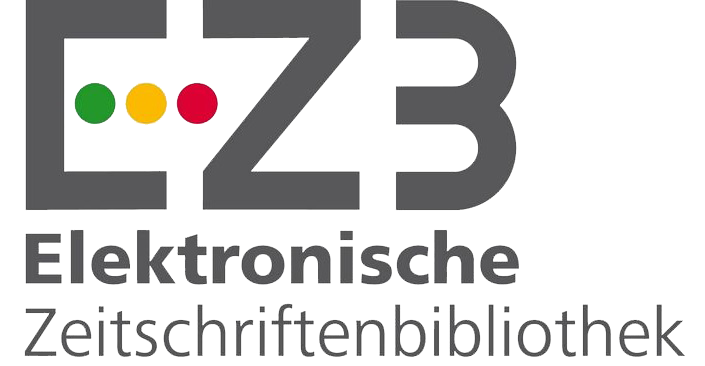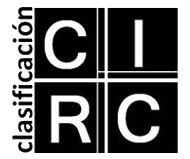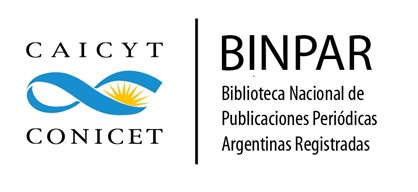Ruptura de la realidad y meta-televisión en American Horror Story 6: Roanoke
DOI:
https://doi.org/10.24215/16696581e051Palabras clave:
Telerrealidad, ficción, construcción.Resumen
Desde el nacimiento de la telerrealidad, a comienzos de los noventa, lo real se presentó como un objetivo múltiple y endeble, con una fragilidad que daría cuenta de una falta. Esa falta nos remite directamente al recorte necesario efectuado por la mirada. Será así, entonces, como producciones del registro del reality show, año a año fueron desarrollando una estética particular que buscaría negar esa ausencia de completa realidad. American Horror Story 6: Roanoke posee una alta carga de autorreflexividad tomando distintos formatos televisivos para problematizar los conceptos de ficción-realidad implícitos en ellos. En el presente trabajo se realizará un recorrido por este camino meta-televisivo planteado por la serie y se establecerá un diálogo con trabajos que aborden la temática en cuestión, como los de Paula Sibilia, Michela Marzano, Susan Sontag y Francois Jost.
Descargas
Citas
Jost, F. (2012). ¿Qué significa hablar de “realidad” para televisión? TOMA UNO, 1(1), 115-128.
Kubrick, S. (director) (1980). The Shinning (El resplandor) [cinta cinematográfica]. USA: Warner Bros. Pictures.
Kraume, L. (director) (2016). Ihr urteil (El veredicto) [cinta cinematográfica]. Alemania: Das Erste.
Murphy, R. (productor) (2016). American Horror Story-Roanoke (AHS Roanoke) [serie de televisión]. USA: FX.
Marzano, M. (2010). La muerte como espectáculo. Madrid: Tusquets ed.
Myrick, D. y Sanchez, E. (directores) (1999). Blair Witch Project (El Proyecto de la bruja de Blair) [cinta cinematográfica]. USA: Haxan Films.
Orwell, A. (director) (2011). The task (La prueba) [cinta cinematográfica]. USA: After Dark Originals.
Rosenthal, R. (director) (2002). Halloween Resurrection (Halloween Resurrección) [cinta cinematográfica]. USA: Dimension Films.
Ross, G. (director) (2012). The hunger games (Los juegos del hambre) [cinta cinematográfica]. USA: Lionsgate.
Schummaher, J. (director) (1999). 8 mm [cinta cinematográfica]. USA: Columbia Pictures.
Sibilia, P. (2012). La intimidad como espectáculo. Bs. As.: Fondo de Cultura Económica.
Sontag, S. (2003). Ante el dolor de los demás. Bs. As.: Alfaguara.
Wiper, S. (director) (2007). The condemned (La isla de los condenados) [cinta cinematográfica]. USA: Lionsgate.
Descargas
Archivos adicionales
Publicado
Cómo citar
Número
Sección
Licencia
La aceptación de un original por parte de la revista implica la cesión no exclusiva de los derechos patrimoniales de los/as autores/as en favor del editor, quien permite la reutilización, luego de su edición (postprint), bajo una Licencia Creative Commons Atribución-NoComercial-CompartirIgual 4.0 Internacional (CC BY-NC-SA 4.0)
Acorde a estos términos, el material se puede compartir (copiar y redistribuir en cualquier medio o formato) y adaptar (remezclar, transformar y crear a partir del material otra obra), siempre que a) se cite la autoría y la fuente original de su publicación (revista y URL de la obra), b) no se use para fines comerciales y c) se mantengan los mismos términos de la licencia.
La cesión de derechos no exclusivos implica que luego de su edición (postprint) en Question las/os autoras/es pueden publicar su trabajo en cualquier idioma, medio y formato; en tales casos, se solicita que se consigne que el material fue publicado originalmente en esta revista.
Tal cesión supone, también, la autorización de los/as autores/as para que el trabajo sea cosechado por SEDICI, el repositorio institucional de la Universidad Nacional de La Plata, y sea difundido en las bases de datos que el equipo editorial considere adecuadas para incrementar la visibilidad de la publicación y de sus autores/as.
Asimismo, la revista incentiva a las/os autoras/es para que luego de su publicación en Question depositen sus producciones en otros repositorios institucionales y temáticos, bajo el principio de que ofrecer a la sociedad la producción científica y académica sin restricciones contribuye a un mayor intercambio del conocimiento global.







